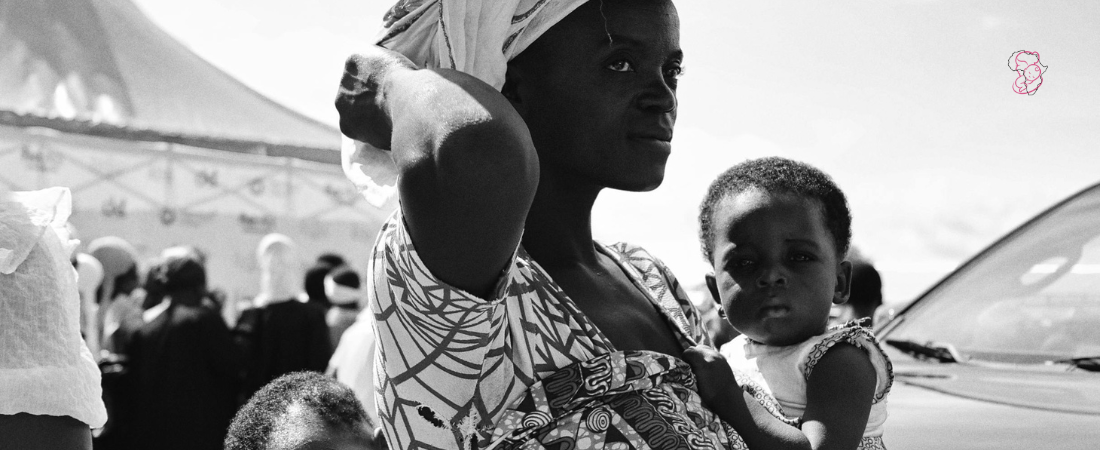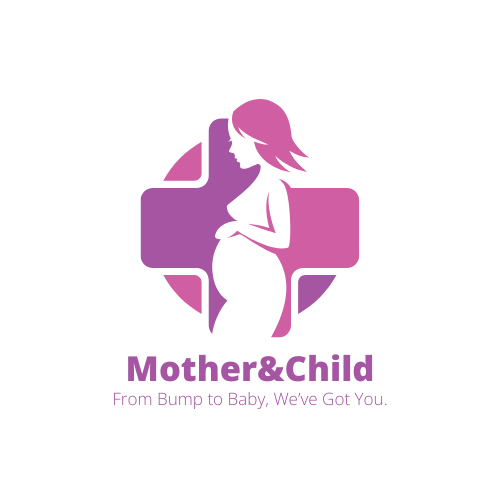
Essential Equipment Every African Birth Attendant Should Carry
- June 21, 2025
- 0 Likes
- 81 Views
- 0 Comments
Saving lives begins with being prepared—every delivery, every time.
Skilled birth attendants play a vital role in reducing maternal and newborn mortality across Africa. Whether serving in a clinic, rural outpost, or at-home birth, preparedness is critical. Carrying the right tools helps ensure a safe, hygienic, and effective response to routine deliveries and life-threatening emergencies.
Below is a comprehensive list of essential tools every birth attendant should have in their delivery kit, with clinical rationale and cultural considerations for resource-limited settings.
🔹 1. Clean Delivery Kit (CDK)
What it includes:
- Sterile gloves
- Razor blade or scalpel
- Cord ties or clamps
- Soap
- Plastic sheet
- Gauze or clean cloths
Why it matters: Prevents infections like neonatal sepsis and maternal puerperal sepsis.
Pathophysiology: Birth-related infections are among the leading causes of maternal and newborn deaths; clean hands and tools interrupt pathogen transmission.
🔹 2. Blood Pressure Monitor and Stethoscope
Purpose: Detects pre-eclampsia, hypertension, and maternal shock.
Why it matters: Early detection of high blood pressure can prevent fatal complications like eclampsia.
Use case: Manual or digital BP cuffs with a stethoscope are vital in all birth settings.
🔹 3. Fetal Doppler or Pinard Horn
Purpose: Monitors fetal heartbeat during labor.
Why it matters: Helps detect fetal distress and prevent birth asphyxia.
Low-tech option: Pinard horns are affordable, reusable, and effective in low-resource settings.
🔹 4. Sterile Scissors or Scalpel
Purpose: Used for cutting the umbilical cord or performing episiotomies if needed.
Hygiene tip: Should be sterilized or single-use to prevent neonatal tetanus.
🔹 5. Cord Clamps or Clean Ties
Purpose: Prevents bleeding from the umbilical stump and reduces infection risk.
Why it matters: Inappropriate cord care is a major source of neonatal infection in rural areas.
🔹 6. Suction Device (Bulb or Penguin Suction)
Purpose: Clears newborn’s airway to prevent asphyxia.
Pathophysiology: Newborns failing to breathe after birth need immediate airway clearance to ensure oxygenation.
🔹 7. Neonatal Resuscitation Bag and Mask (Ambu Bag)
Why it matters: Resuscitation within the first “golden minute” can save newborns with birth asphyxia.
Training required: Birth attendants must be trained in Helping Babies Breathe (HBB) or similar protocols.
🔹 8. Uterotonic Medication (e.g., Oxytocin, Misoprostol)
Purpose: Prevents and treats postpartum hemorrhage (PPH)—the leading cause of maternal death in Africa.
Form: Injectable oxytocin or oral misoprostol (more heat-stable).
🔹 9. Thermometer
Why it matters: Detects maternal or neonatal fever, indicating infection or sepsis.
Digital or mercury-based: Depending on availability and budget.
🔹 10. Sterile Gloves and Face Mask
Why it matters: Personal protective equipment (PPE) protects both the attendant and patient.
Pathogen control: Critical in areas with high HIV or hepatitis prevalence.
🔹 11. Flashlight or Headlamp
Why it matters: In homes or facilities without reliable electricity, proper lighting is essential for safe delivery and postpartum care.
🔹 12. Clean Towels and Blankets
Purpose: Drying and wrapping the newborn to prevent hypothermia.
Cultural tip: Encourage families to provide a clean cloth, but have extras in the kit.
🔹 13. Mother-Baby Health Card or Register
Purpose: Record vital information like delivery time, birth weight, APGAR score, and immunizations.
Public health benefit: Enables follow-up and contributes to national health data systems.
🔹 14. Hand Sanitizer or Alcohol-Based Hand Rub
Why it matters: Ensures hand hygiene in areas where clean water is limited.
🔹 15. Emergency Referral Plan + Phone or Radio
Purpose: Communication tool to call for transport or refer critical cases.
Why it matters: Delays in referral are a leading factor in maternal deaths.
📦 Optional but Recommended Add-ons:
- Baby weighing scale
- Chlorhexidine gel for cord care
- Thermal cap for newborn
- Umbilical cord cutter
- Injectable antibiotics
- Delivery drapes
🌍 Final Thoughts
A well-prepared birth attendant is a life-saving asset in every African community. Equipping them with a basic, affordable kit can dramatically reduce deaths from preventable complications. Governments, NGOs, and community health programs must ensure frontline workers are trained and supplied with these critical tools.
🔗 Need help creating a birth kit supply chain or training program?
Visit https://doctorsexplain.org or reach out for implementation support tailored to your region.



Leave Your Comment